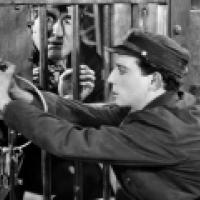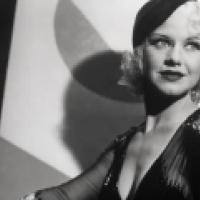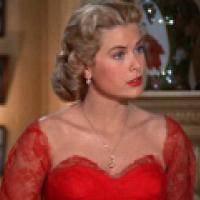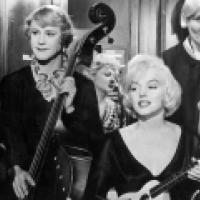Film series: American Cinema Survey
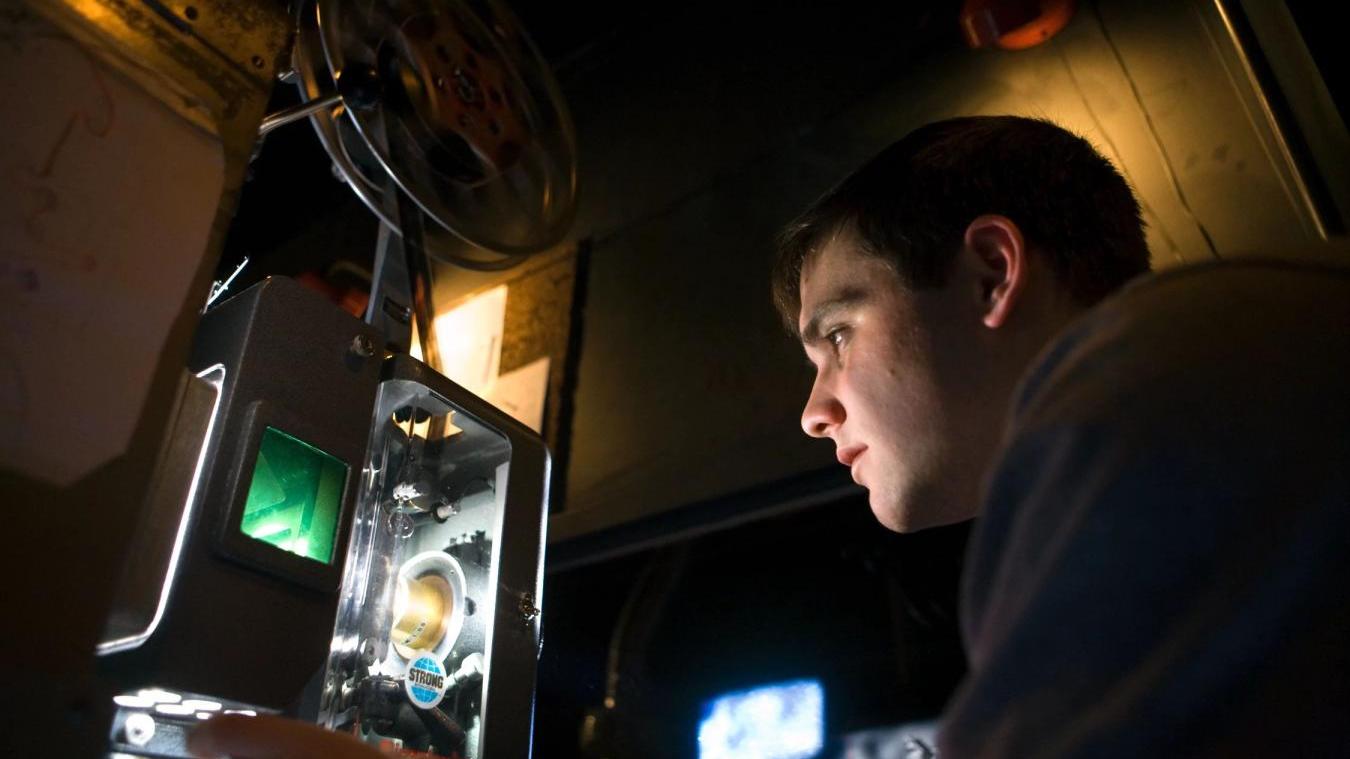
image from Bonnie and Clyde
In conjunction with Sabine Haenni’s (PMA) American Cinema Survey course, Cornell Cinema offers these five classics by five acclaimed directors. According to the course description, the class will focus primarily on Hollywood film with the aim of introducing students to the study of American cinema from multiple perspectives: as an economy and mode of production; as an art form that produces particular aesthetic styles; as a cultural institution that comments on contemporary issues and allows people to socialize. The course will consider the rise of Hollywood in the age of mass production; the star system; the introduction of sound and the function of the soundtrack; Hollywood's rivalry with television; censorship; the rise of independent film, and more.
The series kicks off with Billy Wilder’s Some Like It Hot, ranked the funniest American movie of all time by the American Film Institute, and will be followed by one of Buster Keaton’s best, Steamboat Bill, Jr., shown in a new digital restoration with live piano accompaniment by Dr. Phiip Carli. Mervyn Le Roy’s Gold Diggers of 1933, featuring the stunning choreography of Busby Berkeley, offers a great example of an early American musical, not long after the advent of sound in film. The use of stereoscopic imagery in film came about early in the history of film, but it wasn’t until the 1950s that studios started to make use of it in feature films as a way to combat the rising popularity of television. Alfred Hitchcock made astonishing use of 3-D for Dial M for Murder, in which it was originally filmed but not released, to prove that the process had more potential as an artistic medium than the shock value many ascribed to it. Cornell Cinema will show the film in high quality 3D so students can see how right he was.
The series will conclude with Arthur Penn’s reinvention of the gangster film, Bonnie and Clyde, starring Warren Beatty and Faye Dunaway as the notorious bank robbing lovers in Depression-era America. The film’s release represented a turning point in American film. On the occasion of the film’s 50th Anniversary in 2017, Variety magazine’s Owen Gleiberman wrote that it “dunked the cinema in a baptism of style and blood and glamour and adulthood. It was a revolution both holy and unholy. From that moment on, American films would reach higher than they ever had—and lower. They would turn into a more towering art form and, in a number of cases, a more sensational and debased one. They would evolve into shoot-for-the-skies art, grindhouse pulp, and everything in between.”
The series is cosponsored with the American Studies Program and the Dept of PMA.

